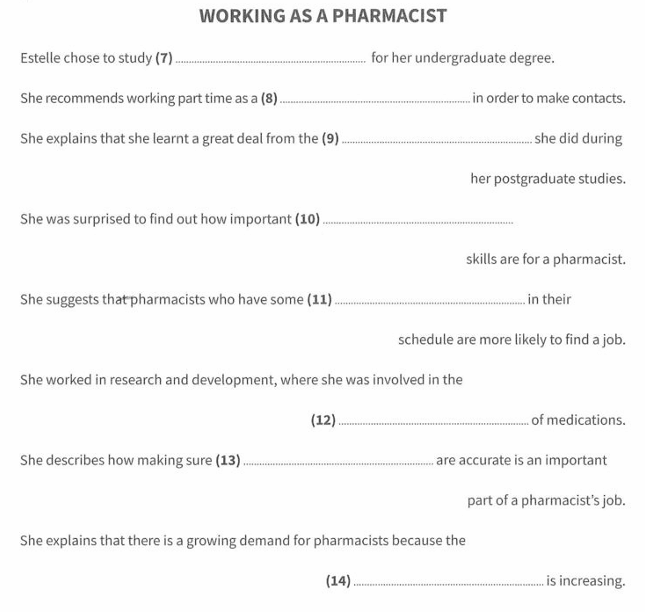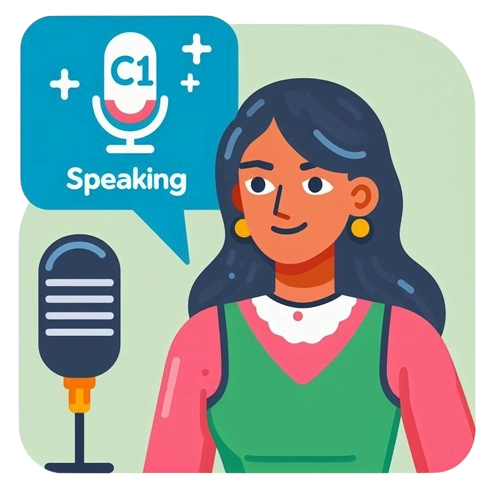Cambridge C1 Advanced (CAE) Listening Part 2
What you will find in this guide:
C1 (CAE) Listening Part 2
In listening Part 2 of the Cambridge C1 Advanced exam (CAE), you will see a fill-in-the-blanks text. You must listen to the track very carefully and find the answers to fill out the blank spaces based on what you hear. Generally speaking, in C1 listening part 2 you would need to write only one word in each blank space though sometimes you will need to write a short phrase. C1 listening Part 2 comprises a total of 8 questions, from questions 7 to 14, with each correct answer earning candidates 1 mark.
Before I explain how you should do the Cambridge Cl (CAE) listening part 2, let’s take a look at a sample question to see what the questions will look like part 2. So, listen to the sample question down below and try to answer it.
Sample Question
You will hear a student called Josh Brady talking about visiting South Africa as part of his university course in botany. For questions 7 – 14, complete the sentences with a word or short phrase.
Audio
Questions
As well as his research project, Josh planned to write a (7) ………………………………… for a website while he was in Africa.
Josh’s group planned to check out a particular region after a (8) ………………………………… that had occurred there.
Josh was surprised to see (9) ………………………………… being grown in the first area they visited.
Josh describes the vehicle they travelled in as a (10) ………………………………… when they went in search of specimens.
Josh uses the word (11) ………………………………… to give us an idea of the shape of the leaves he found.
Josh was particularly impressed by one type of flower which was (12)…………………………………………… in colour.
Josh uses the word (13) ………………………………… to convey his feelings about an area of vegetation he studied.
Josh really appreciated the view he got from the (14) ………………………………… of his accommodation.
Potential Challenges
Part 2 of the Listening paper in Cambridge C1 Advanced (CAE) could be challenging due to the following factors:
- Accent: You may not be familiar with the accent of the people or one person speaking in the audio as they come from all over the world. To overcome this challenge, you need to expose yourself to listening audio tracks from different parts of the world as much as possible.
- Vocabulary: Since the topic is not familiar to you, some words used in the audio recording may sound unfamiliar to you, and therefore, you may have trouble understanding the ideas discussed in the listening.
- Too Much Information: In listening part 2, the speaker will give you a lot of information all at once, which could make it difficult for you to focus and capture all of the information presented.
- Distractors: The audio in part 2 contains distracting statements that may give you the wrong answer! To make sure you won’t get distracted, read the guide below.
- Using Correct Grammar: Since you need to fill in the blanks, you may use an incorrect form of a word. In other words, you may correctly guess what word should be used in the blank but write it in a way that is grammatically wrong. This is one of the most common challenges in this part.
- Spelling: This is a fill in the blanks question so you have to write the word with the correct spelling. Keeping the correct spelling could be challenging for some people, especially when their attention is on getting the answer right.
How to Answer the Questions in C1 (CAE) Listening Part 2
Step 1: Read the text with blank spaces very carefully before you start listening.
Step 2: Identify keywords in the text to know what you are looking for. This step helps you to understand what to focus on and stay on track during the listening exercise.
Step 3: Listen carefully to the information introduced in the audio file until you hear the identified keyword in each line.
Step 4: Once you hear the keyword, pay careful attention to find the answer. The answer is either before or after the keyword.
Step 5: Before writing down the answer, pay specific attention to the last word before each blank to see what part of speech would fit in the blank ( noun, verb, etc.)
Step 6: Make sure that the answer you write in the blank is a suitable part of speech to the word before the blank. In other words, make sure the sentence is grammatically correct after you fill in the blank.
Note 1: The information will generally be presented in the order of the blanks. If you miss a piece of information, forget about it and move on to the next item. You will have another opportunity to catch it when the audio is replayed.
Note 2: Pay specific attention to the spelling when you fill in the blanks. Spelling is very important.
Note 3: Be very cautious of the synonyms and distractors. The audio introduces the ideas through synonyms so you have to be very diligent. Also, the speaker may use a word that seems to be the answer but later change the idea using a negative word that negates the idea introduced earlier. This is called a distractor, which you will regularly find in Cambridge listening tracks.
Use the Guide
Use the guide to answer the same question.
You will hear a woman, called Estelle Tinios, giving a talk to students about her job as a pharmacist. For questions 7 – 14, complete the sentences with a word or short phrase.
Question

How was your experience?
Describe your experience taking the part 2 listening question in the comment section below.
You may also check out my guides for the other parts of The Cambridge C1 Advanced (CAE) Listening Test:







A better understanding about this part of the exam. I also learned some things I’ll keep in mind next time I practice a 2nd part of listening.
Now I have more tool to be able to do listening, which is very complicated.
The listening part is sometimes difficult, especific the spelling part and vocabulary.